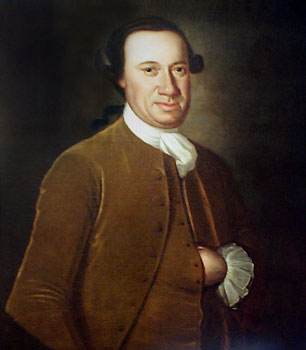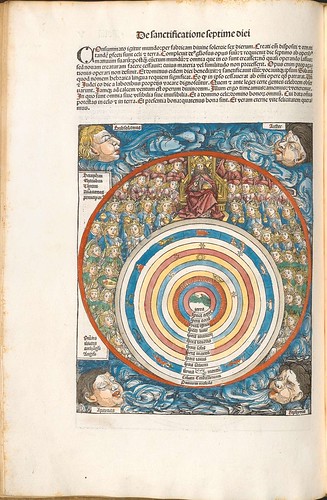
There have been many great men over the centuries, and though most of them weren’t exactly known for authority-bucking attitude, there were exceptions. Some of them have been nothing short of absolute outlaws; wanted and hunted by a ruling party somewhere, while praised and hidden by others. Some of these men were public figures, some liked their privacy, and some found themselves forced into the limelight for their beliefs. They come from all walks of life the world over, but they are recognized just the same — these are 15 rule-breakers that make for perfect role-models for today’s men.
LINK
Via: Manolith












